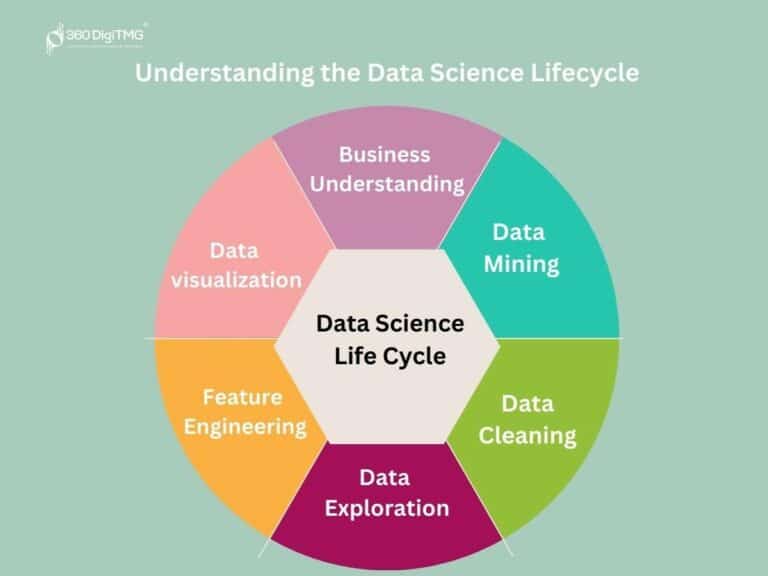Manufacturing productivity growth has stalled. According to a recent industry report, productivity increased by only 0.7% annually over the last decade – a far cry from the 3-4% gains seen in decades past.
This slowdown is alarming at a time when manufacturers face pressures to meet growing demand, shorten lead times, implement sustainable practices, and compete with global rivals.
While aging equipment and lack of skilled labor often get blamed, outdated IT systems are a root cause that can no longer be ignored. Most manufacturers still rely on inflexible, siloed legacy solutions that create data bottlenecks and lack the smarts to drive optimization.
However, by integrating next-generation technologies like industrial IoT, AI, and cloud platforms, manufacturers can collect and analyze data across operations, automate processes, and turn their facilities into highly efficient, connected enterprises. The time is now for manufacturing leaders to build smart factories that can enhance productivity, boost quality, and give them a competitive edge.
Current Manufacturing IT Landscape and Productivity Barriers
Manufacturing IT environments have fallen behind the times – a key reason growth has slowed despite steady technological advancements. Most shop floors still run decades old machinery alongside manual processes like paper-based quality recording. At the same time, crucial silos exist between operational systems, preventing real-time data sharing.
Legacy Systems and Data Silos
Most manufacturing companies use specialized software for distinct functions like inventory, equipment/asset management, procurement, and accounting/finance. But there is little to no connectivity between these systems. Lack of system integration manifests in productivity bottlenecks – be it long equipment downtime identification or delays in material requisition.
Lack of Automation and Real-Time Data
Core operations from production scheduling to quality testing and maintenance continue to have high human involvement with minimal instrumentation. Consequently, issues surface late when damage has occurred. Real-time performance data is hard to access, handicapping data-driven decisions.
Cybersecurity and Compliance Challenges
Legacy machinery and software also expose manufacturers to increased cyber risks. Much of the equipment lacks security features or the ability to install defenses like firewalls. Outdated systems make it difficult to implement access controls or activity monitoring as well. Lack of visibility into threats leaves the organization vulnerable to attacks that trigger costly outages.
Additionally, manufacturing systems tend to have minimal built-in audit controls and logs. This hampers regulatory compliance related to product quality and environmental standards, which can result in hefty fines or suspended operations. Upgrading to secure, compliant solutions is essential.
Emerging IT Solutions for Smart Manufacturing
The manufacturing sector is on the cusp of a new era of intelligence and connectivity that promises to deliver tremendous efficiency gains. Innovative technologies can help manufacturers overcome existing barriers:
Industrial IoT and Smart Sensors
Industrial IoT allows machines, production lines, and warehouses to be instrumented with sensors and connected to the internet. This generates invaluable real-time data on equipment performance, quality, inventory, and more. Issues can be quickly detected and predictive analytics applied.
AI and Machine Learning
Sophisticated AI and machine learning algorithms can derive strategic insights from vast amounts of IoT data. This allows accurate forecasting of demand, predictive maintenance to reduce downtime, and optimization of processes.
AR/VR
Emerging extended realities technologies are invaluable for quick employee training, enabling remote assistance, facilitating design collaborations, and enhancing quality assurance. AR glasses now allow technicians to access manuals or remote expert help on the job.
Blockchain and Cloud
Blockchain establishes a secure, tamper-proof chain of custody for manufacturing data assets. When combined with cloud storage and computing, it enables easier, more affordable data sharing across the supply chain. This is invaluable for traceability and compliance.
Benefits of Next-Gen IT Integration
Integrating smart IT solutions for manufacturing companies offers multifaceted benefits:
Enhanced Productivity and Throughput
Industrial IoT sensors and computer vision solutions provide granular data on workflow bottlenecks. This visibility allows tailored troubleshooting enhance throughput. Machine learning algorithms can also optimize staff allocations, inventory moves, and equipment schedules to smooth flows. Together, these improvements increase overall line efficiency by 15-25%.
Better Asset Utilization and Reduced Downtime
On-machine sensors track vibration, temperature and other telemetry data to construct deterministic models of equipment health. By analyzing this data, manufacturers can predict failures weeks or months before they occur and schedule just-in-time maintenance. Instead of facing 5-15% unplanned annual downtime, smart diagnostics slash this figure while increasing yearly operating hours.
Improved Quality Control and Regulatory Compliance
Adding sensors and analytics for inline quality testing reduces defects closer to the source. This tighter control combined with supply chain-wide traceability information ensures end products meet quality and safety regulations. Digitized logs aid compliance audits. Together these measures minimize regulatory exposure that has cost manufacturers upwards of 30% in lost revenue.
Cost Savings and Sustainability
Eliminating failures, increasing throughput, lowering quality rejects, and avoiding compliance fines directly translate into a 20-30% reduction in unit operating costs. Further savings come from energy optimizations guided by analyzing machine sensor and meter data across facilities. AI also facilitates design changes for more sustainable, resource-efficient manufacturing.
Conclusion
Manufacturing is at an inflection point. While industry growth has stalled in recent years due to dated IT infrastructure, emerging technologies promise a new era of connectivity, efficiency, and sustainable production. By instrumenting factory floors, leveraging automation, and integrating new data-driven platforms – manufacturers can unlock enormous potential.
Specifically, solutions like industrial IoT, AI, AR/VR, blockchain and cloud can help firms overcome productivity barriers posed by siloed systems, inadequate data, cybersecurity risks, and compliance oversights. The result is more responsive, transparent, optimized and intelligent manufacturing.
The IT landscape enabling Industry 4.0 will rapidly become indispensable. Manufacturing leaders must evaluate forward-thinking solutions and build technology roadmaps now to integrate them. Embracing modernization is critical for boosting productivity, ensuring quality, reducing costs and ultimately competing in the future.












